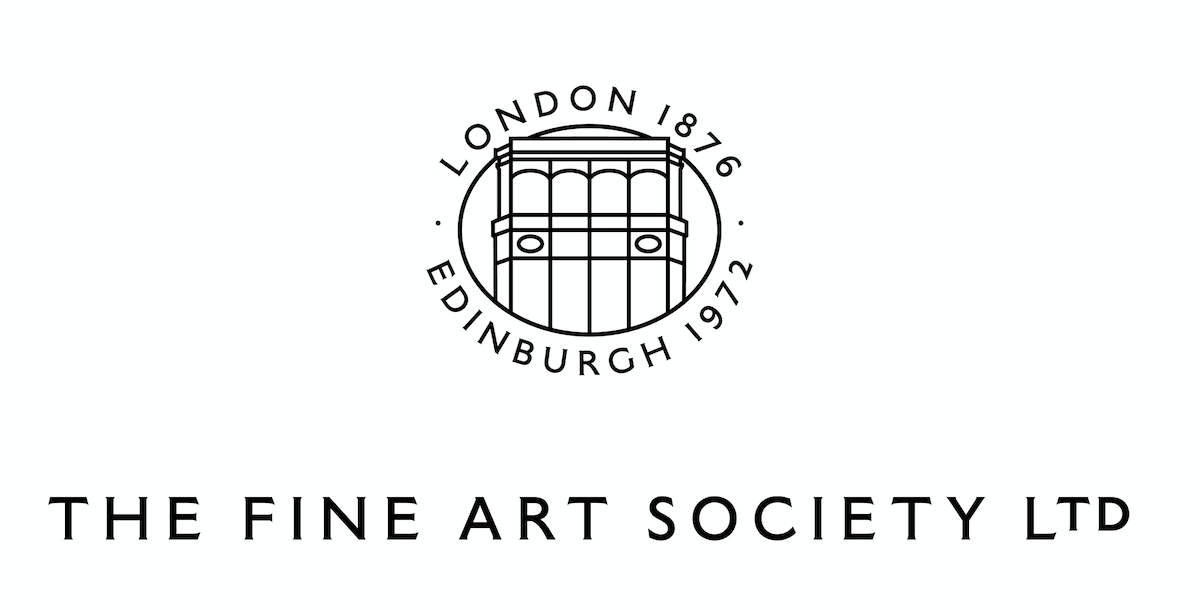Simple Forms: The language of British Abstraction
"The creative spirit is one, indivisible goal, and the greatness of a civilization rests on achieving a creative unit. Unity does not mean, however, uniformity as each artist should be the expression not only of a common spirit but also of a personality... so much more meaningfully the more unconsciously." Herbert Read, 1957
In his catalogue introduction for the British pavilion at the Fifth Sao Paulo Bienale in 1957, the art historian Herbert Read defended the wave of postwar abstraction in British art against the censure of realists who interpreted 'any tendency towards abstraction as an escape from life, or from reality'. On the contrary, he believed that the abstract movement, with its pursuit of freedom of form and colour, was more closely associated with the other freedoms experienced by the end of the war in Europe, and he praised the artists represented, including Ben Nicholson and Eduardo Paolozzi, for bringing about a revival in painting and sculpture, based on a formal language of abstraction that ceased to emulate international tastes and became iconically British.
In post-war art, as in architecture and industrial design, abstraction was a tool to direct the creative spirit and concentrate the forces that have the ability to transform daily life. For many artists in Britain before the war, their first experience of any form of abstraction came from European impressionists whose progressive dissolution of formalism in art would pave the way for early post-impressionist movement in the UK. For others it came in the more radical influence of artists such as Piet Mondrian and Lucio Fontana, whose practice was more of a gradual development from figurative to non-figurative art, to those whose work represented a complete commitment to abstraction from the start, including Jackson Pollock and the American Abstract Expressionist artists.
In their work, Nicholson and Paolozzi both demonstrate the an inherited language fo abstraction through mark making based on economy of form. In October '55 (Torre Del Grillo), 1955, Nicholson transcribes his simple subjects with a sensitivity that betrays his intimate experiences of Italian culture, deftly evoked through the use of basic motifs. Drawing from his experiences in Paris and from the teaching of Paul Klee - whose work exerted much influence on the British avant-garde the post-war period - Paolozzi adopted a new calligraphic drawing practice. These drawn surfaces are part ethnographic transcription, part abstract illustration drawing on ideas of microbiology, memory traces, psychological matter and folk art, and would inform much of his work with the progressive Independent Group in the early 1950s.
The following selection of works by English and Scottish artists, also includes works by the post-cubist artists artist Alberto Morrocco and Robert MacBryde and his partner Robert Colquhoun, as well as the British Constructivist Kenneth Martin, whose work breached the boundaries between the kinetic and the static arts.

